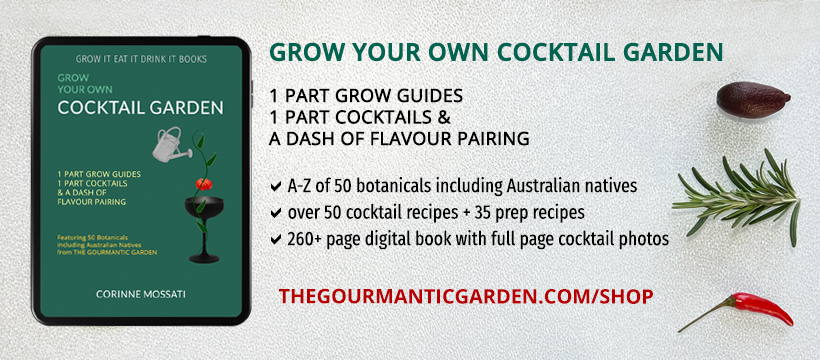Sustainability in bars is a hot trend, and while it may have started out as a buzzword, the principles have grown and evolved with more bars embracing sustainable practices. With home bartending and cocktails at home being one of the major themes of this website, we examine sustainability in the home bar and the steps to take towards making sustainable cocktails.

Bringing sustainability to the home bar starts with simple steps. In this article, you’ll find 10 tips on how to make your home bar sustainable, practical principles that we have been applying in our home bar for some time.
Top 10 Tips for Sustainability in the Home Bar
1. Ditch the Plastic Straws
The most popular and easiest way to get started in sustainability in the home bar is to ditch the plastic straw. If a drink really needs it – such as a Julep style of drink – consider reusable metal, glass or bamboo straws. Otherwise, ask yourself if the drink really needs a straw as it puts a distance between the drink and you won’t get to enjoy the aromas before sipping the drink.
2. Make the Most Out of Citrus
Citrus can be one of the most wasteful ingredients in a home bar. Mixing that Martini for two may require a couple of strips of lemon peel but the rest of the fruit can end up living in the fridge in a sad state. Here are some tips for making the most out of citrus.
Peel citrus before juicing it and you can use the peel either as as garnish or to make limoncello, oleo saccharum, lemon sherbet or in shrubs. If you’re juicing half a lemon, turn the rest into dehydrated lemon wheels which can be used as a cocktail garnish. Alternatively, save unpeeled and juiced citrus husks and give Trash Tiki’s citrus stock a try.
3. Reconsider Garnishes
Extravagant garnishes enhance the presentation of a cocktail and can make a drink look more instagrammable but the days of massive citrus peel garnishes are over. Instead, more bars are garnishing with citrus peel the size of a coin instead of a long, thick strip. Similarly, smaller garnishes, be it herbs or fruit positioned on clear ice make a pleasing aesthetic effect.
4. Dehydrate Herbs & Stems
Growing your own herbs at home is easy and economical whether you live in an apartment with a small balcony or have a large garden. Fresh herbs are part of the repertoire of the home bartender but often one is left with leftovers and stems deemed to be scraps. That bunch of mint for a Sunday session of Mojitos or the leftover basil from the Gin Basil Highball can be dehydrated (using a dehydrator or low heat in the oven), pulverised and used as garnish. Stems can be used for infusions and in syrups and the bulbous coriander roots can be muddled to add flavour to cocktails.
5. Embrace Seasonality
Taking the cue from Bulletin Place‘s seasonal, daily changing cocktail bar menu, embrace seasonality in the home bar by using local ingredients that are readily available in season. Whether it’s fruit, herbs or vegetables, buying locally and in season means reducing the carbon footprint of consumable produce. Use seasonal fruit when making riffs on popular cocktails such as the Prickly Pear Margarita in summer and chestnut liqueur in autumn.
If you’re looking at make flavours last throughout the year, shrubs are a good option. Summer is the time for a tomato shrub while autumn is ideal for that beetroot shrub you’ve always wanted to try.
Click on the next page for the next 5 tips for bringing sustainability to the home bar.

